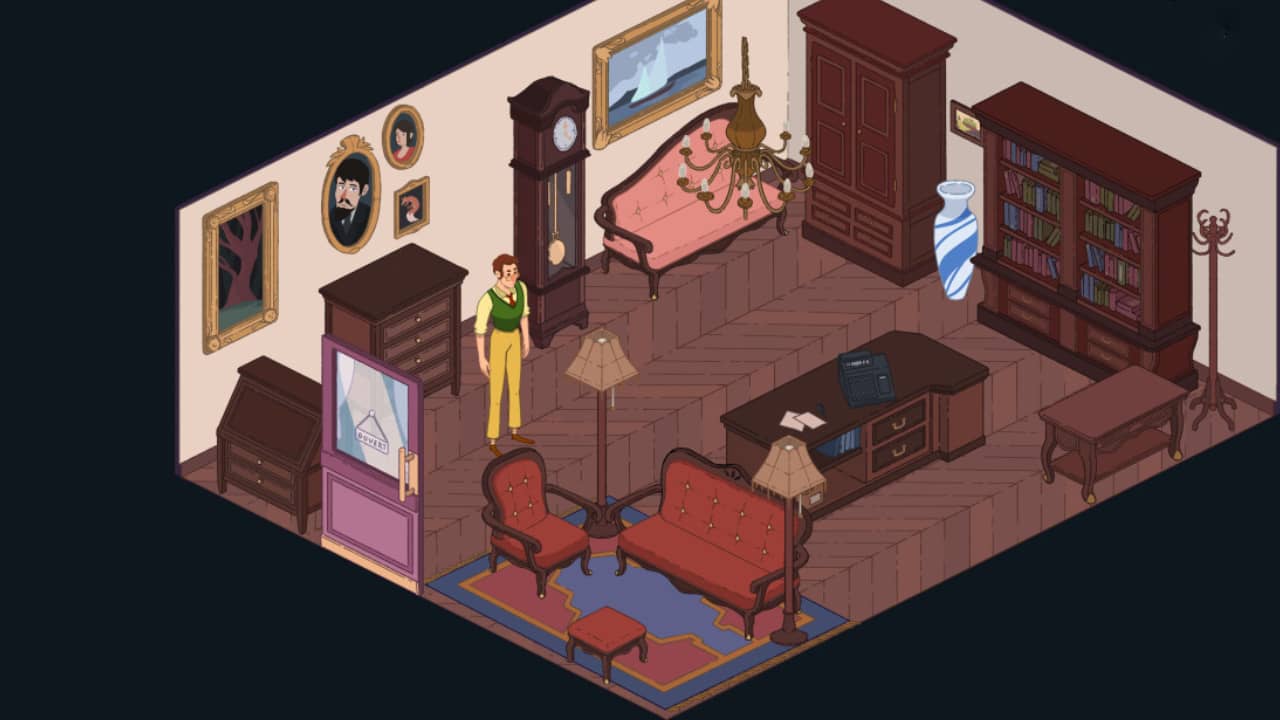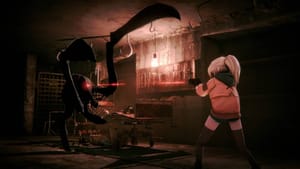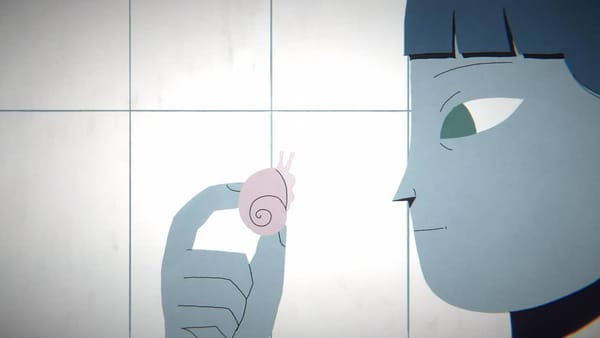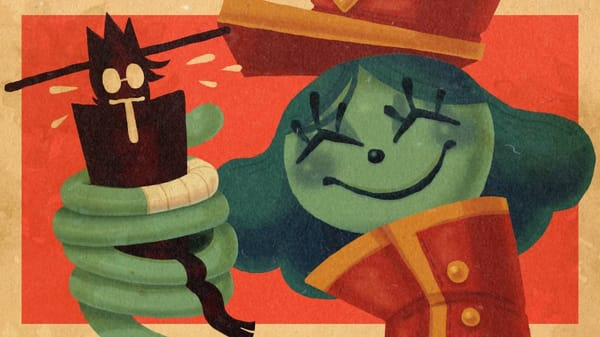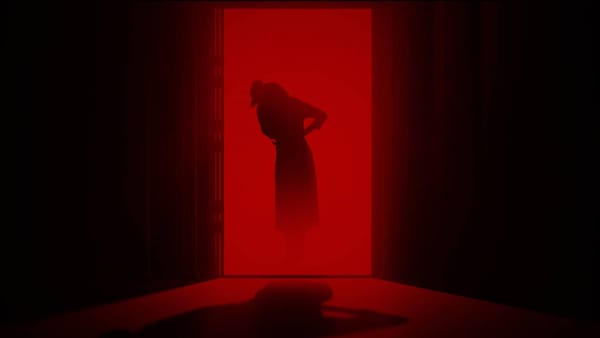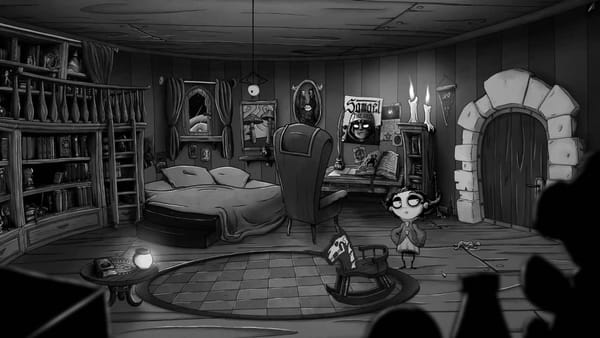That reluctance to make video reviews is rearing its head once more, as it’s hard to convey how charming Chronique des Silencieux is. From the screenshots alone, it doesn’t do Pierre Feuille Studio’s detective adventure any justice as, forgive the cliche, it’s like an animated picture book.
A picture book might be a naive way to look at this tale set in 1960-70s Bordeaux as we’ll be covering prostitution, drugs, murder, war, Brexit… alright, the last one is a modern-day curse. Suffice it to say, this is a grown-up, intelligent journey rather than one that looks straight out of an Usbourne booky-wook.
For all my flaws, I thought Chronique des Silencieux was set in 1920s France, so I was picking it apart from the get-go until reading the in-game newspapers and checking my previous articles that this is indeed starting in the 60s. Additionally, to say the character Eugene is a rookie detective is an understatement.

When we start the story, he’s heading to Bordeaux as his mother’s died, and next of kin is his uncle, who’ll meet him at the train station. Only he’s not there. Teen supreme Eugene finds where his uncle lives but is told he’s been thrown in the slammer. That’s why he’s nowhere to be found. The inspector who arrested him takes a shine to you, encouraging you to complete a spot of amateur detective work.
Chronique des Silencieux’s premise is odd, but Eugene has a natural talent for deduction. Well, you do. He’ll wander the streets with this tape recorder and interview the locals. These appear in the menu as testimonials, and as you locate pieces of evidence, match them with conversations to look for any contradictions.
When you get a sniff on any lead, you can make a hypothesis. ’tis a unique set up, as you pick two suspects from your list thus far, and enter a motive that connects them, represented by a key. If this matches up, you unlock a new path. It plays as a point and click, however, as you’ll be mixing and matching things almost for the sake of it.

Why? Because Chronique des Silencieux is pretty tough. You need to pay attention to conversations; otherwise, you’ll be re-reading testimonials and hoping for the best. This doesn’t work well as there’s a small window for success. You aren’t penalised for your assumptions, however, and nobody goes to jail for your guesswork. Still, it’s a bit tricky.
Another reason why it’s tricky is the translations. The dialogue in cutscenes is voice acted in French, but the translations are in English, and they don’t quite work at times. Nuances, spelling mistakes, and grammar make it clunky in places, and for several scenes, it had me overthinking my use of the language. Do we say that? It’s not a big issue though, as that charm oozes through.
Chronique des Silencieux does present a few hurdles in getting used to as the start, essentially a tutorial, teaches you the mechanics but isn’t crystal clear on what you must do, i.e. objective, or where to go. The only way to progress is by accumulating enough evidence and putting forward a case. It’s harder than it sounds, but it’s gratifying.
While not as polished as Agatha Christie – Murder on the Orient Express, Eugene is so much more likeable. The puzzles and methodology are challenging but rewarding, and the overall ‘vibes’ are great. While the illustrations and beautiful cutscenes are a highlight, the clue deduction makes this quite a standout experience. Just don’t expect any handholding. You’re on your own, kid.


